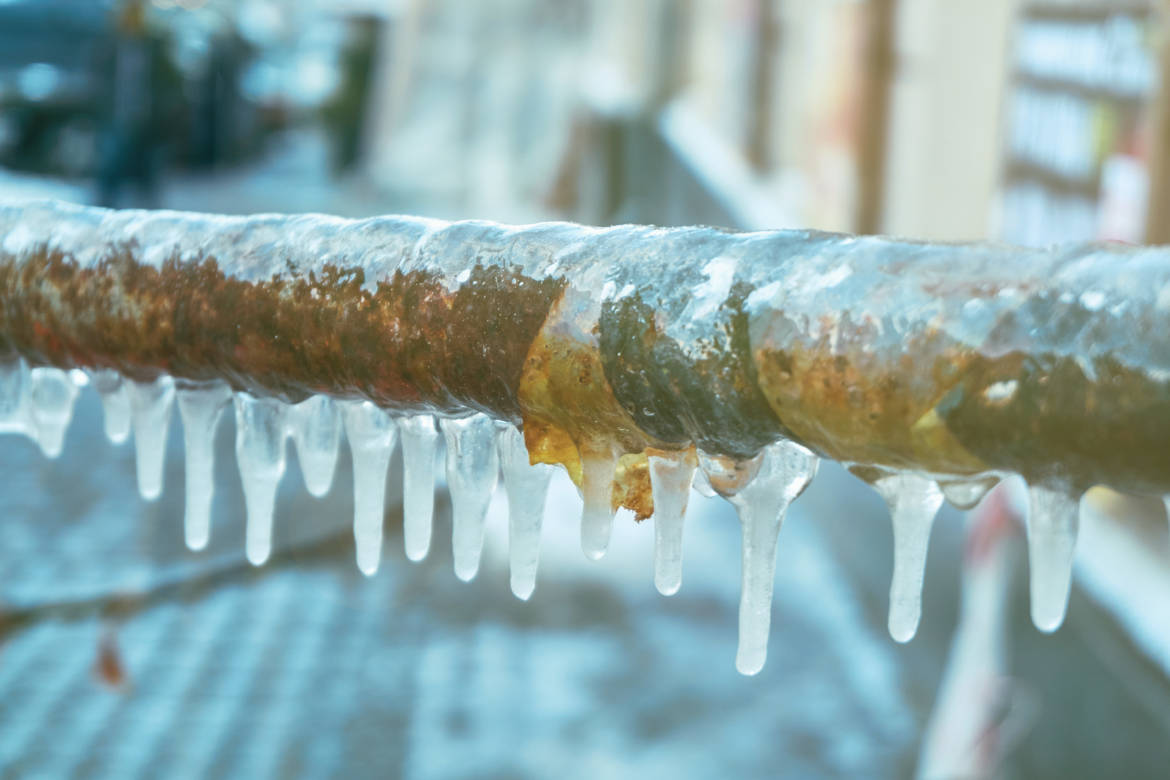Protecting Against Frozen Pipes: Best Methods for Cold Weather
Protecting Against Frozen Pipes: Best Methods for Cold Weather
Blog Article
The writer is making a few great annotation related to How to Prevent Your Pipes From Freezing as a whole in this great article down the page.

Cold weather can ruin your plumbing, especially by freezing pipes. Here's how to stop it from occurring and what to do if it does.
Intro
As temperature levels drop, the risk of icy pipes boosts, possibly leading to expensive repair work and water damage. Comprehending exactly how to stop frozen pipes is essential for property owners in cool environments.
Prevention Tips
Insulating susceptible pipelines
Cover pipes in insulation sleeves or utilize warmth tape to protect them from freezing temperatures. Concentrate on pipelines in unheated or exterior areas of the home.
Heating methods
Maintain indoor spaces effectively heated up, specifically locations with pipes. Open up closet doors to permit cozy air to circulate around pipelines under sinks.
Exactly how to identify icy pipelines
Seek decreased water circulation from taps, unusual smells or noises from pipelines, and noticeable frost on revealed pipes.
Long-Term Solutions
Architectural adjustments
Think about rerouting pipes away from exterior walls or unheated areas. Include additional insulation to attic rooms, basements, and crawl spaces.
Upgrading insulation
Buy premium insulation for pipes, attics, and wall surfaces. Appropriate insulation helps keep constant temperatures and reduces the threat of frozen pipelines.
Securing Outdoor Pipes
Garden hoses and outside faucets
Detach and drain pipes garden tubes before winter months. Install frost-proof spigots or cover exterior faucets with insulated caps.
Recognizing Icy Pipes
What creates pipes to freeze?
Pipelines ice up when revealed to temperatures below 32 ° F (0 ° C) for prolonged periods. As water inside the pipelines ices up, it broadens, putting pressure on the pipeline wall surfaces and possibly triggering them to rupture.
Dangers and problems
Icy pipelines can cause water disturbances, home damages, and pricey repairs. Burst pipes can flood homes and trigger considerable architectural damages.
Indications of Frozen Water Lines
Determining frozen pipelines early can avoid them from rupturing.
What to Do If Your Pipes Freeze
Immediate activities to take
If you presume frozen pipes, maintain faucets open to relieve stress as the ice melts. Make use of a hairdryer or towels taken in hot water to thaw pipelines slowly.
Verdict
Preventing icy pipes needs proactive procedures and quick actions. By understanding the reasons, signs, and preventive measures, homeowners can secure their plumbing throughout cold weather.
5 Ways to Prevent Frozen Pipes
Drain Outdoor Faucets and Disconnect Hoses
First, close the shut-off valve that controls the flow of water in the pipe to your outdoor faucet. Then, head outside to disconnect and drain your hose and open the outdoor faucet to allow the water to completely drain out of the line. Turn off the faucet when done. Finally, head back to the shut-off valve and drain the remaining water inside the pipe into a bucket or container. Additionally, if you have a home irrigation system, you should consider hiring an expert to clear the system of water each year.
Insulate Pipes
One of the best and most cost-effective methods for preventing frozen water pipes is to wrap your pipes with insulation. This is especially important for areas in your home that aren’t exposed to heat, such as an attic. We suggest using foam sleeves, which can typically be found at your local hardware store.
Keep Heat Running at 65
Your pipes are located inside your walls, and the temperature there is much colder than the rest of the house. To prevent your pipes from freezing, The Insurance Information Institute suggests that you keep your home heated to at least 65 degrees, even when traveling. You may want to invest in smart devices that can keep an eye on the temperature in your home while you’re away.
Leave Water Dripping
Moving water — even a small trickle — can prevent ice from forming inside your pipes. When freezing temps are imminent, start a drip of water from all faucets that serve exposed pipes. Leaving a few faucets running will also help relieve pressure inside the pipes and help prevent a rupture if the water inside freezes.
Open Cupboard Doors
Warm your kitchen and bathroom pipes by opening cupboards and vanities. You should also leave your interior doors ajar to help warm air circulate evenly throughout your home.

As a person who reads on How to Prevent Your Pipes From Freezing, I was thinking sharing that piece of content was essential. Are you aware of somebody who is truly interested in the niche? Do not hesitate to promote it. I treasure your readership.
Schedule And Pricing Report this page